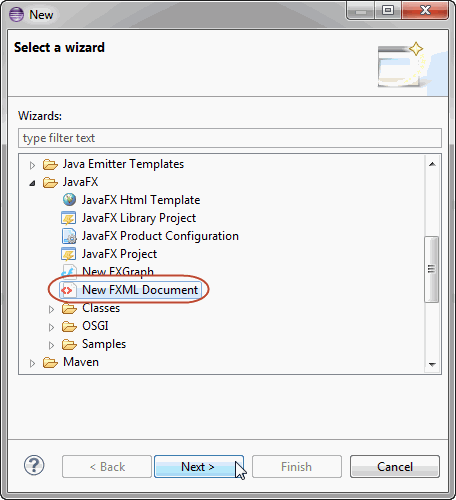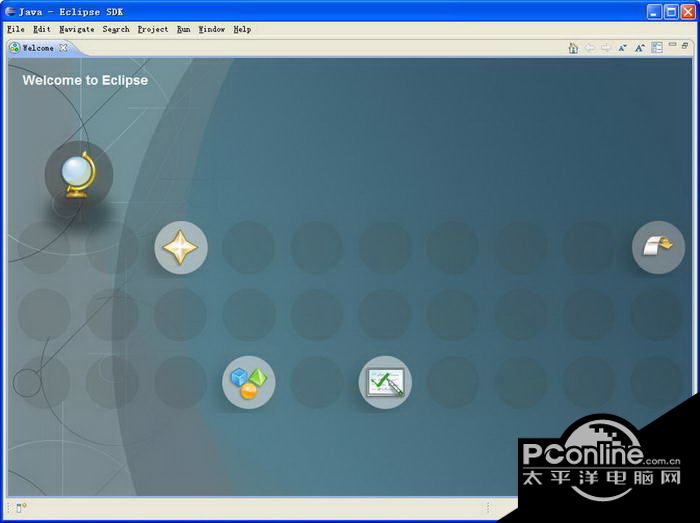
Jakarta EE would provide a platform to build applications that can be deployed on-premises or in cloud-native environments. The Jakarta EE platform is designed to use any tool that runs on the JVM like Groovy, Scala, Clojure, Kotlin, and the Java language. For the sake of clarity, the above diagram does not show all the components. Jakarta EE contains around forty components. The Jakarta EE Platform primarily consists of technologies from Java SE and a subset of technologies from Java EE. The Jakarta EE platform is used by many cloud-native development platforms and framework offerings by IBM, Red Hat, Tomitribe, and Payara. The Jakarta EE platform reference implementation is based on the OpenJDK implementation.

Jakarta EE Platform is an umbrella specification which references other detailed specifications. It leverages decades of expertise of Java EE in developing and deploying mission-critical applications. It also provides connectors for integrating with other systems and technologies. Jakarta EE has various Java-based technologies and modern architectures for building cloud-native apps, microservices, and scalable web apps. Note: This project is not related to the Jakarta Project, which The Apache Software Foundation previously hosted. The goal of Jakarta EE is to address the integration and architectural challenges faced by Enterprise Applications. Jakarta EE is a collection of technologies, compatible implementations, standards, and APIs that extend Java SE Java Platform, Standard Edition. It’s not just another enhancement of Java EE but rather an entirely new platform built by the community. This was done with a primary goal to speed up the business application development for cloud-native environments.


Taking inspiration from the rapid development and momentum of the Eclipse MicroProfile initiative, leading software vendors joined forces to move Java EE technologies to the Eclipse Foundation. Many enterprise customers of Java EE were not happy with the slow pace of development of the platform. The rename of this platform was required because Oracle owns the trademark for the name Java.

There are several leading software vendors for whom open-source technologies are critical to their business strategies. The Eclipse Foundation is a noncommercial open-source organization, and it also manages the Eclipse IDE project in addition to many other open-source initiatives. Jakarta EE is the new name for Java EE after the project has moved under the governance of the Eclipse Foundation. Java Enterprise Edition or Java EE was a popular platform to build mission-critical business applications.


 0 kommentar(er)
0 kommentar(er)
